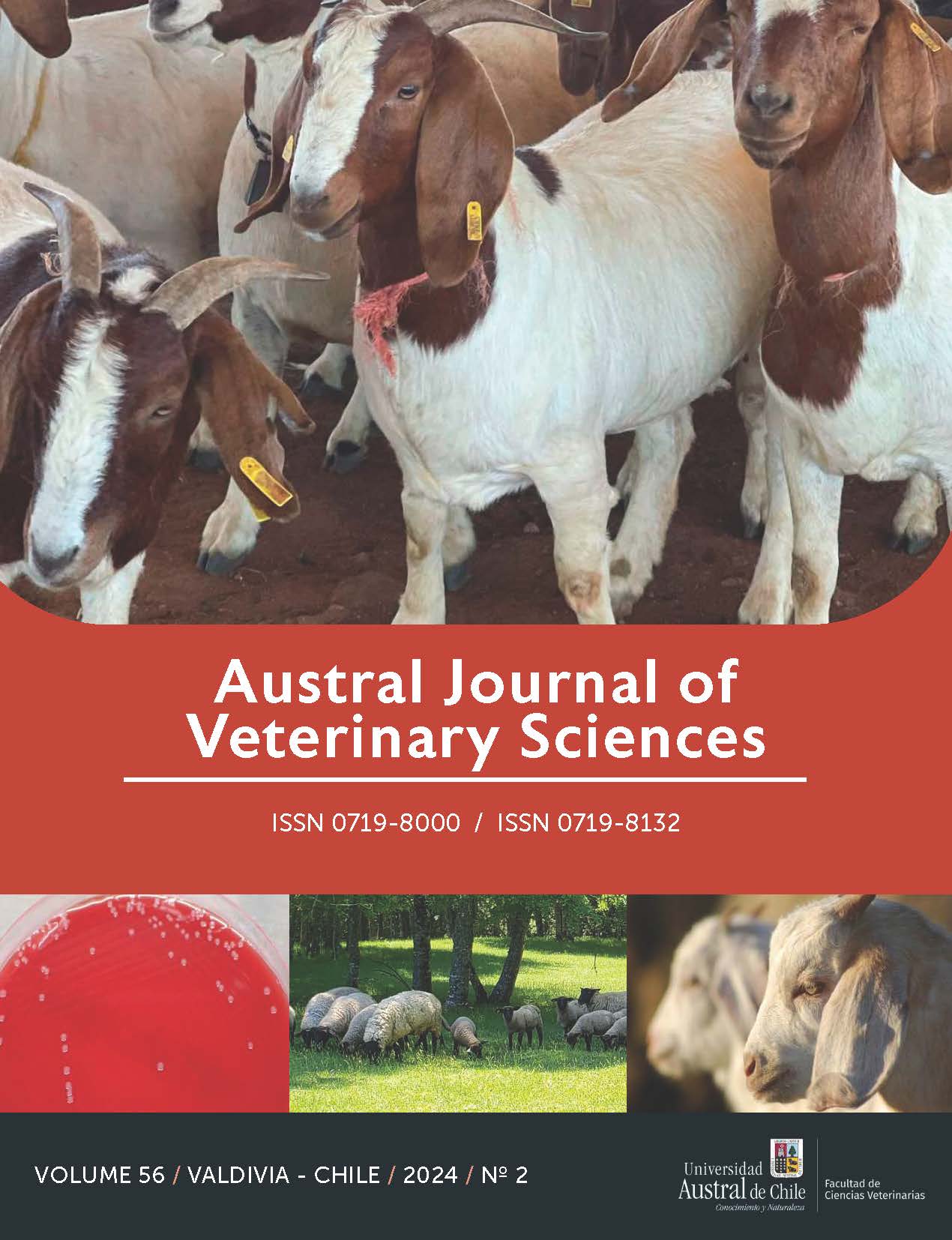Retrospective seroepidemiological study of small ruminant lentivirus, paratuberculosis and brucellosis in goats from Mexico, based on multiplex assay
Contenido principal del artículo
Resumen
Mexican goat production systems face infection risks from Brucella melitensis, small ruminant lentivirus (SRLv) and Mycobacterium avium subsp. paratuberculosis (MAP); agents that cause great economic losses and directly affect public health (brucellosis and paratuberculosis [PTb]). Currently, there are no diagnostic tests applicable at large scale nor epidemiological information regarding the seroprevalence for these infectious diseases. For this study, a multiplex antibody assay (Luminex®) was used to retrospectively study the seroprevalence of brucellosis, SRLv, and PTb in the sera of 983 goats from nine Mexican states. Sera were obtained between 2014 and 2019. Antibodies against all three infectious diseases were detected in almost all tested samples. The estimated seroprevalence values ranged from 37% to 78% for brucellosis, 21% to 65% for SRLv, and 0% to 13% for PTb. The multiplex assay (Luminex®) is a simple, accessible, efficient, and cost-effective seroprevalence monitoring tool for brucellosis, SRLv, and PTb, and can be used as a large-scale approach.


 https://orcid.org/0000-0001-6606-8508
https://orcid.org/0000-0001-6606-8508